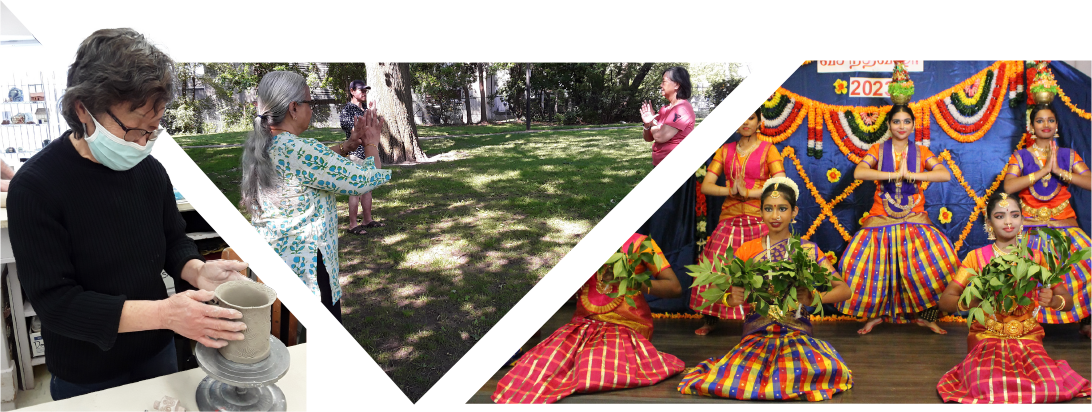
Creating a space for connection and inclusion is vital to the work we have been doing within the Community Health and Chronic Disease portfolio over the past year. The loosening of COVID-19 restrictions provided an opportunity to evaluate how programs were offered in the past and to reconsider how programs could be offered moving forward.
We asked ourselves “how do we ensure that our programs are easy to access?” and considered various service delivery options, including in-person, virtual and hybrid. Feedback from community members and clients made the answer simple – all of the above! The pandemic forced us to learn how to provide quality virtual care quickly and the takeaway is that virtual care is here to stay, as it often expands access to programs and services to a greater range of clients. Needless to say, the merit of in-person appointments and groups will always remain. The in-person space allows many community members, especially in group settings, to foster a sense of safety and belonging, and to receive valued peer-to-peer support.
Collaborative efforts with community members are imperative to ensure that our programs and services are responsive to the unique needs of the diverse populations we serve. Food insecurity is a pressing issue within our catchment area, which we aim to address through the programs offered at our Community Food Centre. Through programs such as the weekly community meal program and the Good Food Market, we provide freshly cooked nutritious meals, and affordable and accessible produce. Additionally, we have opened our doors to our neighbours at 500 Dawes Rd, providing space for tenants to gather and host educational workshops on tenants' rights—an essential aspect of community connection and inclusion.
Our Senior Active Living Centres are a testament to our commitment to inclusivity and accessibility. Recognizing the diversity of our senior population, we have established four different language advisory committees (Tamil, Bengali, Chinese and English) that meet regularly to discuss and recommend changes to better meet our clients' needs. In response to their feedback, we recently installed grab bars in all washrooms and replaced old chairlifts, ensuring that our facilities are safe and accessible for all.
Over the past year we have increased access to services by embedding chronic disease programs and services within priority neighbourhoods in our catchment area. Consultation with community agencies and data analysis are crucial to identify areas with the greatest need, such as Taylor Massey and Oakridge neighbourhoods. We recognize that we cannot achieve significant change in these areas alone. It is with support from internal programs, collaborative partners and the voices of our community members that we are able to make our programs and services accessible, and achieve a greater impact.
This year, South Riverdale Community Health Centre (SRCHC) partnered with Diabetes Action Canada (DAC) to become their first official Knowledge User partner. This partnership will allow SRCHC access to resources within the DAC network, to inform policies related to provincial-level diabetes eye screening and limb preservation work, and advance diabetes management and care for our clients. This will build upon our existing Diabetes Eye Screening Program, which is currently the top-performing tele-ophthalmology program in the province based on recent fiscal numbers screened and total numbers screened since the programs started.

